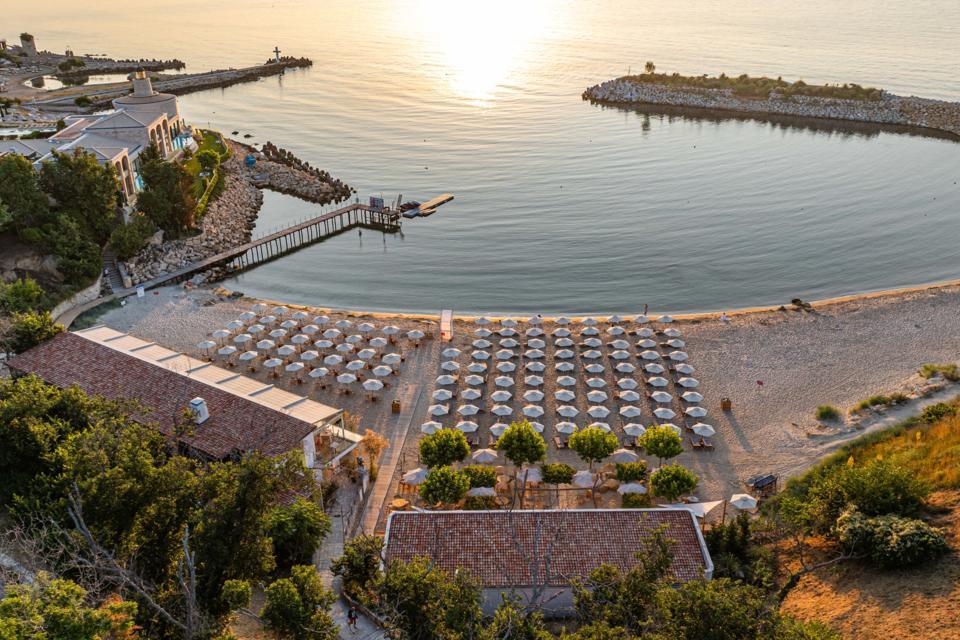
The modern face of luxury in Sts. Constantine and Helena resort
Luxury is one of those dimensions that remains stable across different eras, but at the same time bears the stamp of time and changes imperceptibly.
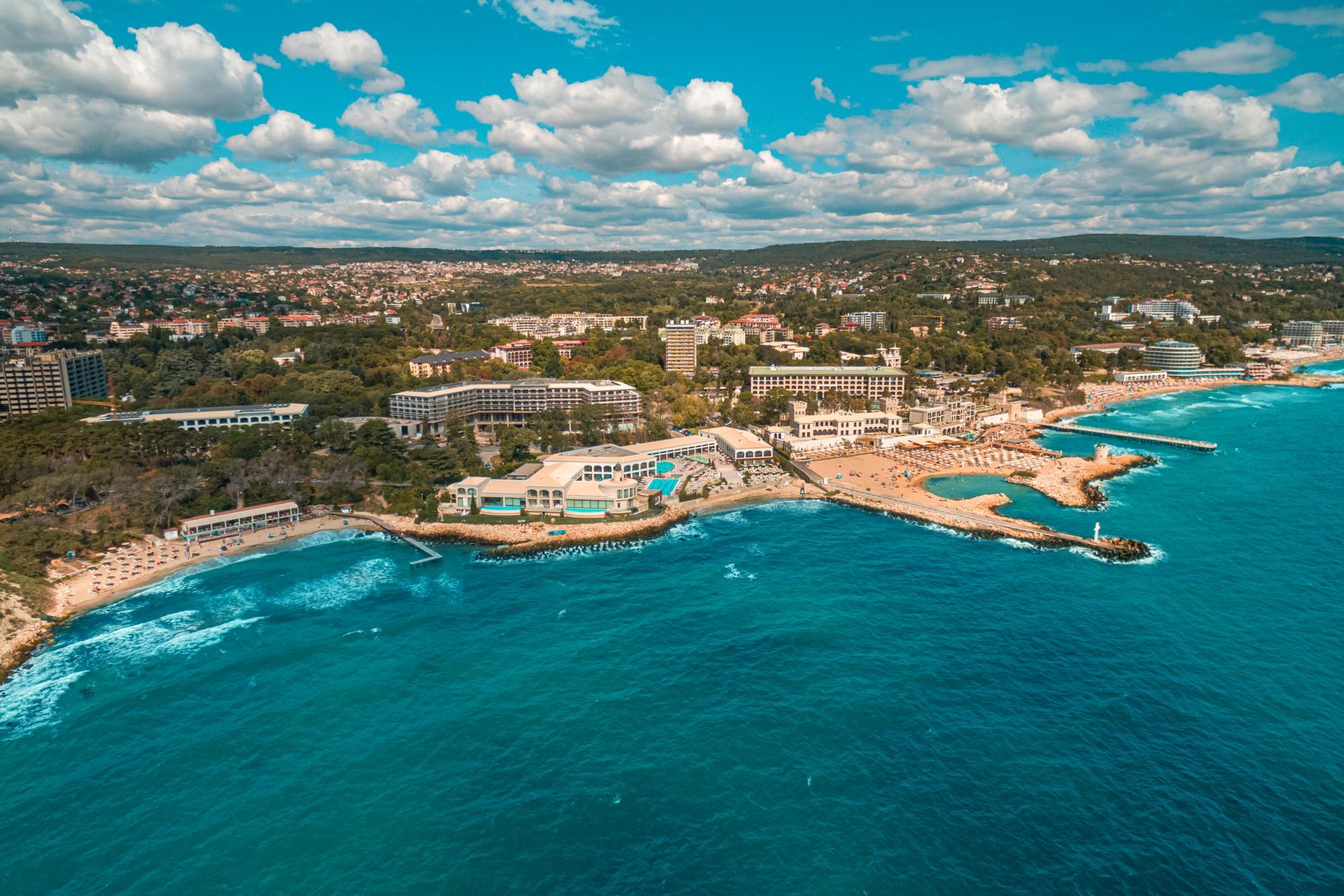
"A deep forest and a road winding through gardens and vineyards, and a sea so transparent that you can see the sand and the movements of the fish at the bottom."
Sts. Constantine and Helena is the first Bulgarian seaside resort, leading its origins from the monastery of the same name, which is one of its most popular cultural and historical attractions. There are various theories and legends related to its creation. One thing is certain - its existence was key in establishing the surrounding area as a resort and as a special place for recreation and relaxation.
The creation of the monastery "Sts. Constantine and Helena" dates back centuries. There are no preserved documents about when and by whom it was built, but its proximity to the city of Varna becomes the main reason for it to be rediscovered by the world. Legends say that during the early years of Ottoman rule in the 15th century, a group of monks, driven away from their destroyed and plundered spiritual abodes, reached the ancient groves of the surroundings of Varna and settled there, founding the rock (Aladzha) monastery "St. Troitsa," the monastery "St. Dimitar" on Cape Soganlak (today's Euxinograd Palace), the monastery "St. Konstantin," and other monasteries in the vicinity.
Over the years, the monastery's cloister has managed to create a bright future for the area and turn it into a destination of special significance for locals and visitors alike.
More details from the rich history of the monastery can be found in our E-book here.

The surroundings of "St. Constantine" has been a well-known and preferred place for recreation of the local people since the middle of the XIX century. With the gradual transformation of the area into a resort associated with the walks and outings of the people of Varna to the monastery on holidays, the most lively is on the day of the holy Equal Apostles Constantine and Helena. Visitors used to visit the monastery not only for rest, but also to improve their health through the sea and healing mineral springs.
After the liberation of Bulgaria in 1878, the elected Bulgarian Prince Alexander I Battenberg became the first high-ranking guest to visit "St. Constantine" for the first time. He contributed to the development of the region by proposing the idea of making Varna the summer capital of the Principality of Bulgaria. Thus, in 1882, the Sandrovo Palace, later renamed Evksinograd, was established.
At the beginning of the twentieth century, visitors to the area of St. Constantine increased many times, despite the limited accommodation. The people's desire to rest and heal persuaded the Varna District Council in 1908 to take a decision to undertake the necessary works to improve the area around the monastery, which gradually became a preferred place for recreation, and the interest in the newly established resort grew annually.
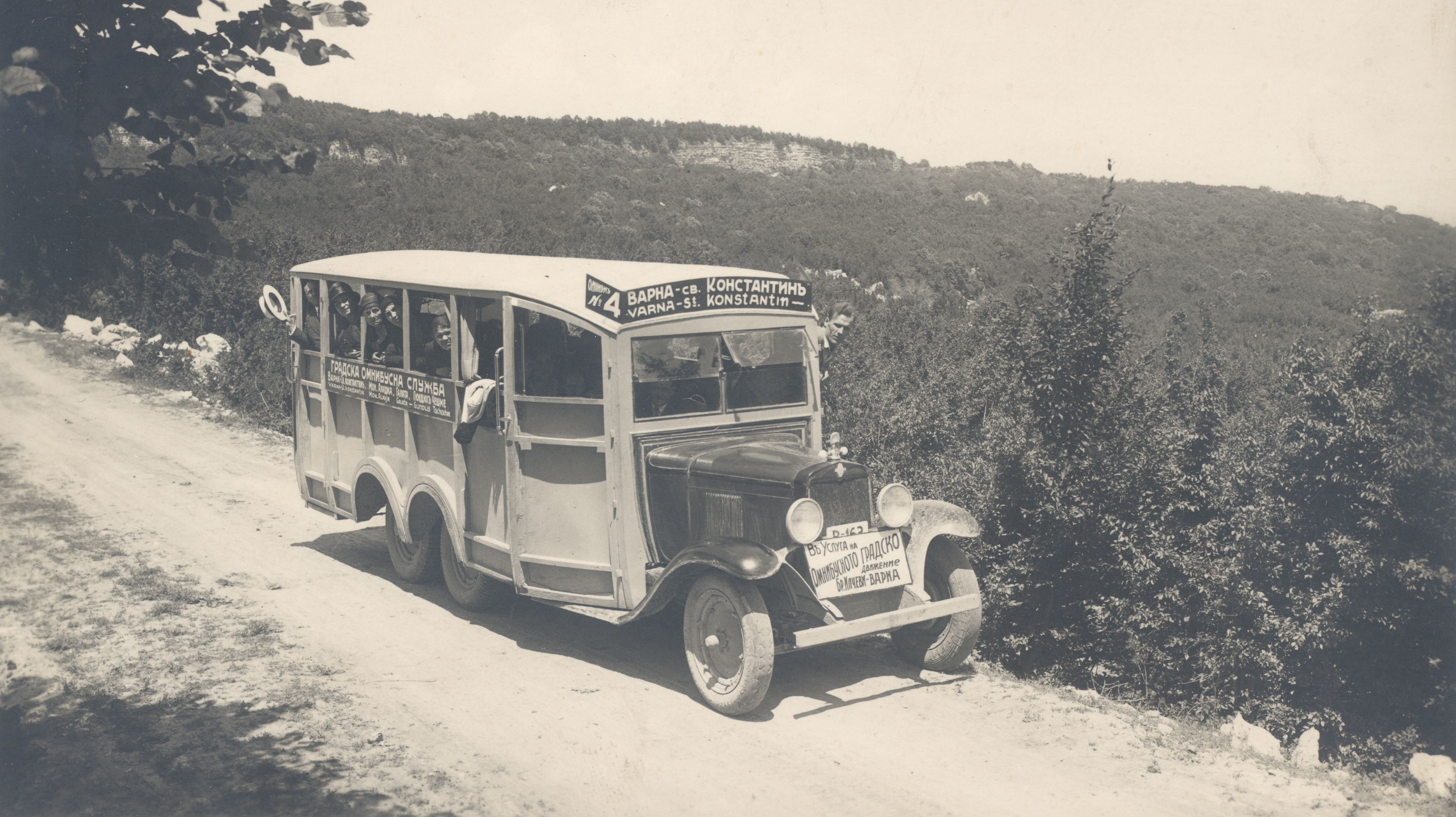
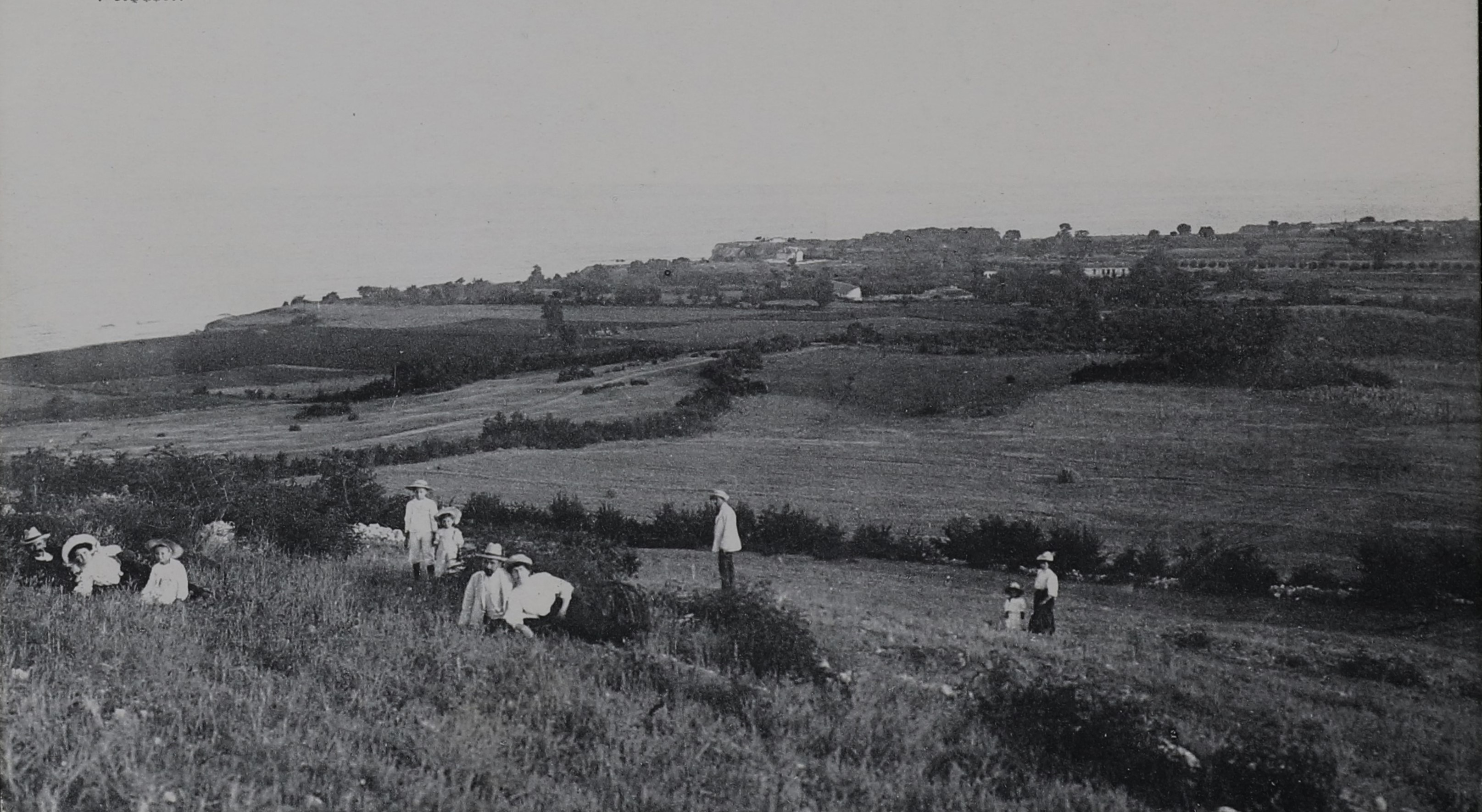
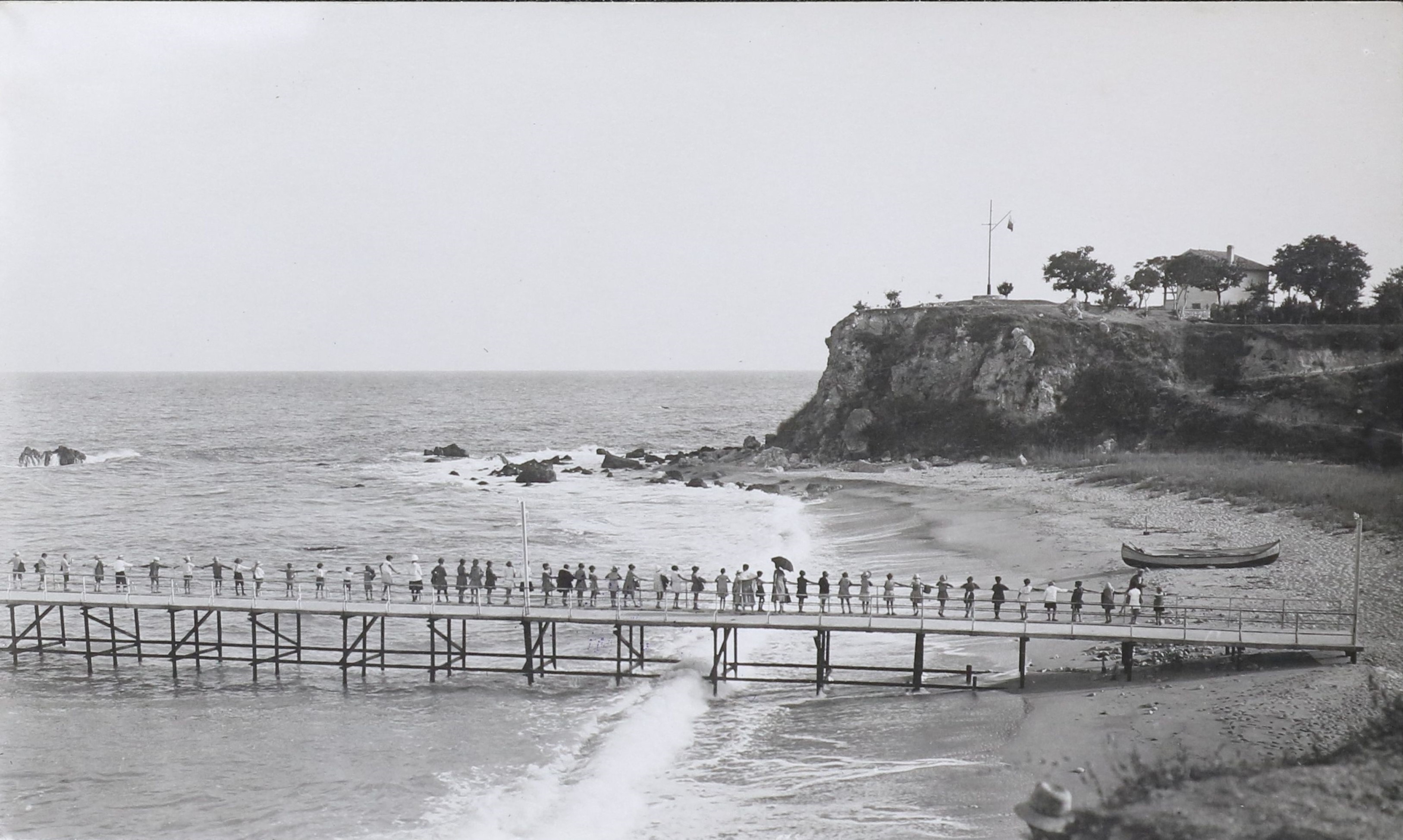
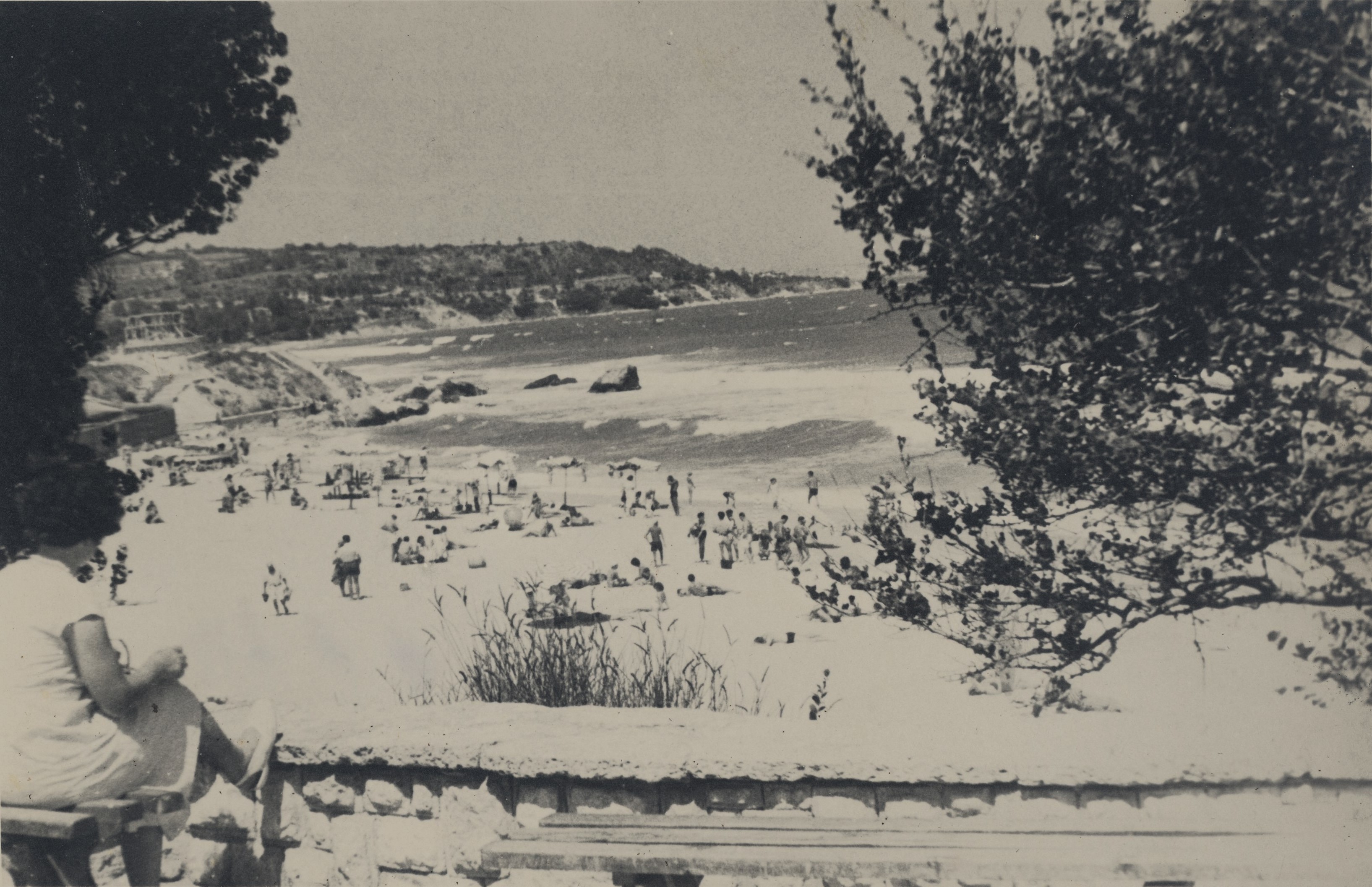
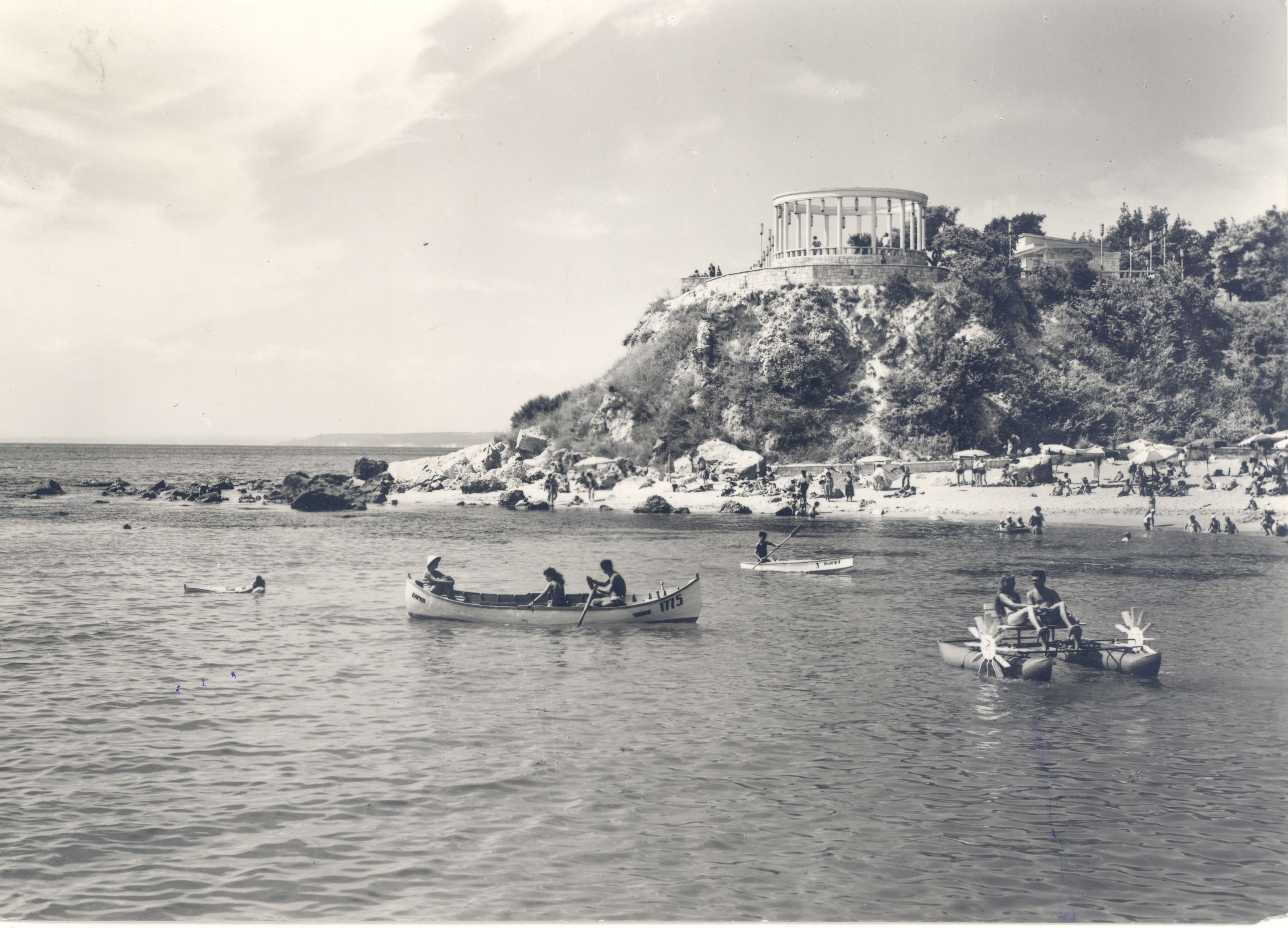
In 1909, the largest summer sanatorium for children in the Balkans was opened, created on the initiative of the Bulgarian Queen Eleonora, with the assistance of Dr. Paraskev Stoyanov - the founder of the sea and mud treatment in Bulgaria and Dr. Alexander Nedyalkov - the manager of the sanatorium in the resort.
Construction begins immediately and is completed within a few years. The location of the building is particularly favorable for therapeutic purposes because it combines the essential factors for good health – sun, sea, and clean air. The building is constructed in an original Old Bulgarian style. Its front side faces the southeast sea, in the bottom of a beautiful small bay, warmed throughout the day by the sun. The sea is clear, with shallow sandy bottom. A summer pavilion is built on the beach, where children live around the clock for 2 to 4 months, taking their air, sun, sand, and sea baths. Artificial sunbathing is applied during the winter season.
Behind the building was a park consisting of several pine groves. A small farm of vegetable and fruit orchards, vineyards, animal and bird farm, apiary, etc. was arranged at the sanatorium.
Helping to cure thousands of sick children, the state sanatorium has a certain merit for popularizing sea treatment and the destination among adults as well.
Its construction near the "St. Constantine" Monastery gives confidence to the managers of that time that the decision to form the agriculture farm "St. Constantine" as a sea resort is right and necessary.
More about the history of the sanatorium can be found in our E-book, available here
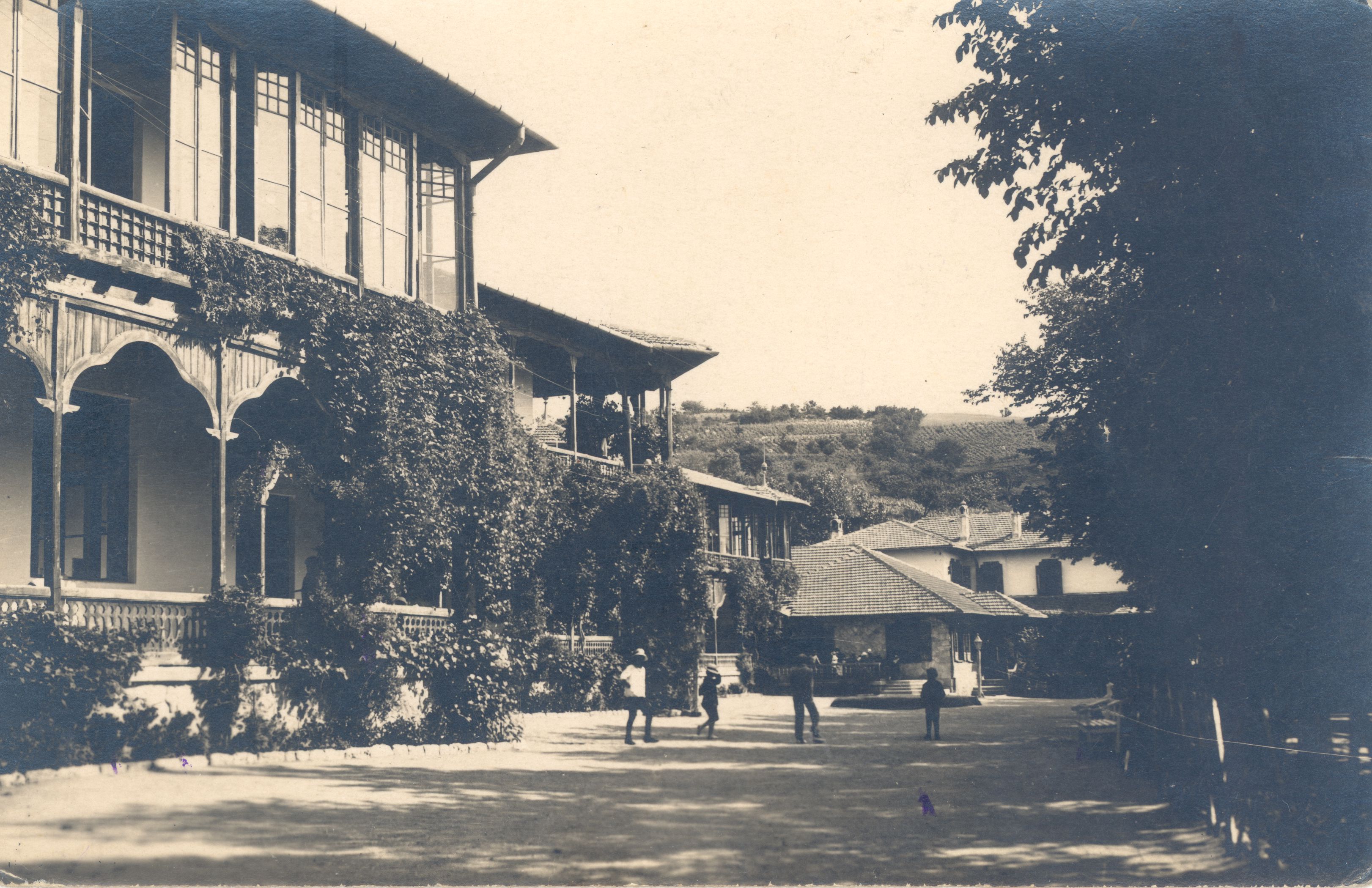
The pride and beauty of the newly built St. Constantine resort is the newly created park, which includes interesting tree species, ornamental plants, shrubs and beautiful flowers formed into attractive park areas, paths and flower gardens, becoming the pride and beauty of the resort.
The name of the Czech park designer Anton Nowak, famous for the construction of the Schönbrunn and Belvedere palaces in Vienna and the creation of the Varna Sea Garden, is linked to the development of its green wealth.
In the period 1913 - 1918 a small pine forest was planted on the site with seeds of black pine brought from France, and by the sea - sycamore, linden, poplar, wild chestnut.
The oldest tree in the resort area is a 300-year-old Polish Elm (Ulmus campestris), which is located near the Astor Garden Hotel and is protected as a tree of special significance.
In 1924 the one-storey hotel "St. Constantine" was built with two more floors, which for the first time in the history of Bulgarian tourism led to its participation in the International Tourist Exhibition in Prague in 1928.
In the 1930s, the first grape-healing station was established in the resort of St. Constantin, which combined sea and grape therapy. Even then this endeavor was seen as an opportunity not only to develop viticulture, but also to extend the tourist season until the beginning of October.
The station was officially opened in 1933 and among the summer visitors there were Germans, Czechs and Poles, creating colonies. At the end of each visit, the holidaymakers were sent off with baskets full of grapes, as a gesture of good will and a pleasant memory of their stay in St. Constantine.
Following the analysis of the interest of foreign tourists in staying on the Varna coast, in 1933 a regulation plan and regulations for the suburban resort area were adopted. It envisaged the area of St. Constantine to become a lively and secular suburban resort, offering new luxury hotels, a seaside casino, beautiful pedestrian promenades along the coast, a large park area and space with rest stations.
The rest stations of the Union of Railway Clerks, the Union of Telegraph-Postal Workers, the Union of Clerks of the Warsaw Municipality, the Union of Bulgarian Teachers, the Sofia School Board and the Clerical Insurance Company, the Czech Red Cross, etc. were built. For the convenience of the holidaymakers, a seasonal summer telegraph-post office was also opened, from where holidaymakers sent letters and postcards to their relatives and friends.
Over the years, the development of the resort and tourism in general was no longer just a local interest, but also became a state issue with the establishment of the Economic Tourism branch of the Bulgarian economy in 1947. The construction of new hotels, restaurants, pastry shops, pubs, bars, sports facilities, tennis courts, playgrounds, outdoor swimming pools began in the area.
Today, the resort offers a wide variety of treatment programs that use all known factors of the sea and thermal waters on the health and strengthening of the human body.
In search of a relaxing holiday and a beneficial combination of sea, thermal springs and sea climate, hundreds of thousands of tourists visit the resort Sts. Constantine and Helena, discovering its year-round sea, spa, and culinary destination.